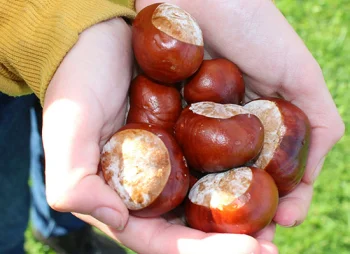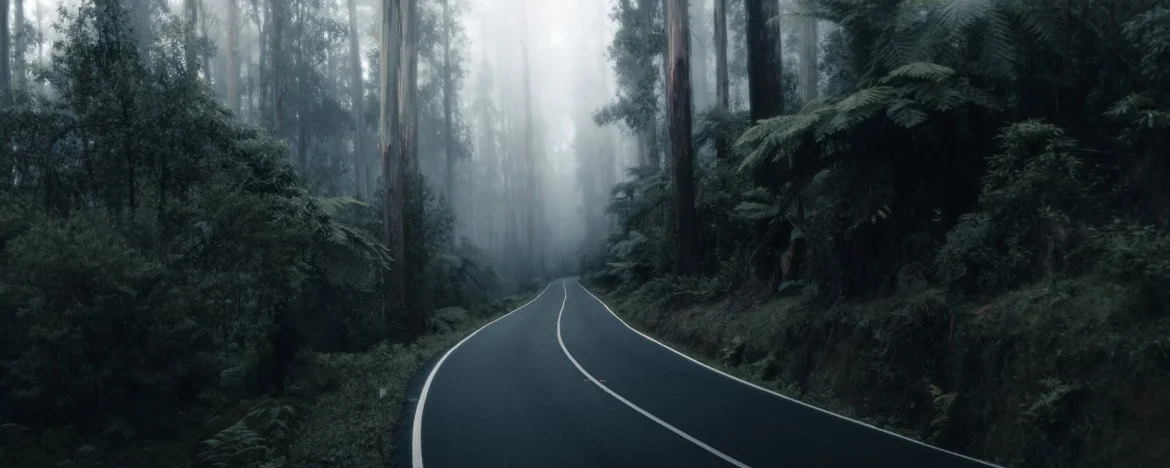
Read time of 7 minutes.
Monstrous motorways, astounding A roads and tormented tracks: join us on a terrifying trip, as we guide you through some of the country's most haunted roads.

1) Blue Bell Hill, A229, Kent
Just 37 minutes from historic Canterbury, the tale of the A229 at Blue Bell Hill is worthy of its own spot in Chaucer's tome. The seemingly innocuous dual carriageway links the M2 and M20 and runs through the Kent Downs AONB, which boasts the beautiful chalk hill, the ancient North Downs Settlements, and views of the River Medway.
Which all sounds pretty idyllic, until you delve just that little bit deeper into local history and discover the ominous events that have been reported over the years. Tales of ghostly visions and unwelcome passengers abound, leaving anyone ill-fated enough to be driving on the road alone rightly wary.
Sightings of apparitions on the popular A road date back as far as the 1930s and it is believed that Blue Bell Hill is the site of a Neolithic burial chamber, with a skeleton and ancient pottery found there in the nineteenth century. However, no official records were made of the finding leaving a mysterious air of ambiguity over the accuracy of the notion.
But the really shudder-worthy story of Blue Bell Hill begins on November 19th, 1965 - a cold, blustery autumn evening that played host to the hen night celebrations of 22 year old Susan Browne.
Susan and her two good friends, Patricia Ferguson and Judith Langham, had been out celebrating her forthcoming nuptials to RAF technician Brian Whetton when disaster struck. As they passed Blue Bell Hill, Browne's Ford Cortina inexplicably span out of control and careered into oncoming traffic. The vehicle collided with a Jaguar, resulting in a crash that would be talked about for years to come.
Sadly, Patricia Ferguson died at the scene.
Susan and Judith were taken to a nearby hospital but also passed away a few days later as a result of their injuries. Instead of gaining himself a beautiful bride on November 20th 1965 as planned, Brian Whetton lost the love of his life and the tragic events of the night before their nuptials became a cautionary tale to road users.
Fast forward a few years to 1971. The new decade was underway and young James Skene was undertaking his usual commute from work to his home town of Chatham. As he made his way along the familiar stretch of carriageway, Skene was shocked to see a waif-like figure seemingly motionless in the middle of the road. As he neared the shape, it became apparent that it was a girl in her early twenties. Concerned for her safety, he ushered her into his vehicle and gave her a lift to Chatham. But when he turned to bid her farewell as she alighted from the passenger seat, the woman simply dissipated into thin air.
To this day, there have been numerous reports of motorists encountering the bereft figure of a woman on the A229. Sometimes she will simply disappear as the vehicle draws to a halt in front of her. But oftentimes she will ride silently with the driver before simply vanishing into thin air in front of their very eyes.
According to locals, the woman is the tormented soul of poor Susan Browne, doomed to aimlessly wander the carriageway, accosting unsuspecting motorists in the hope that they might finally get her to the church on time.
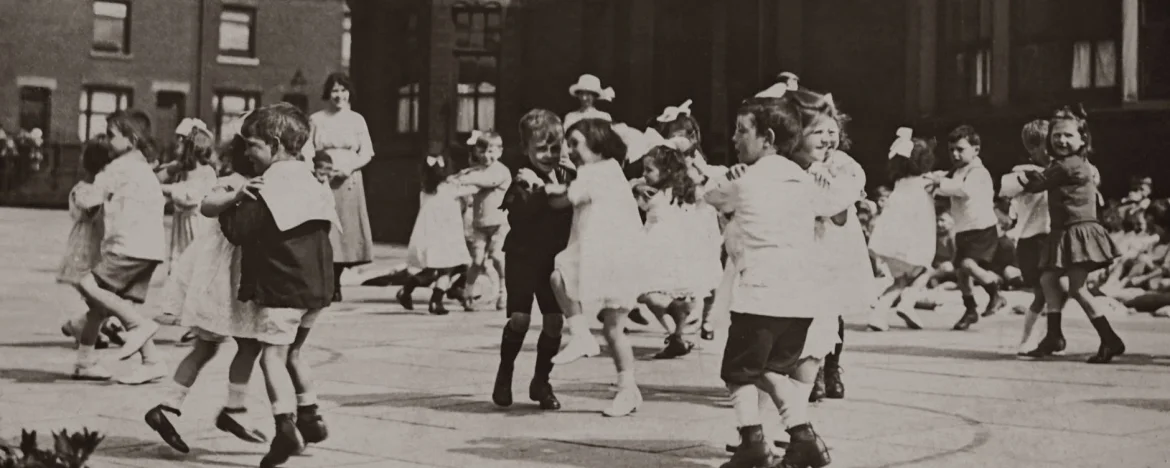
2) Stocksbridge Bypass, Sheffield.
Originally a quiet settlement nestled in a valley by the Little Don river, Stocksbridge was named thus in the eighteenth century when local farmer John Stocks built a rudimentary wooden bridge over the river to allow villagers easy passage to neighbouring towns. When a toll road was introduced shortly after, traffic flow in the area steadily increased and it remained a bustling thoroughfare into the twentieth century - so much so that in 1988, construction of the now infamous bypass was completed.
As you can imagine from an area steeped in so much history, the roads are not without their perils, especially in today's fast-paced motoring world - a far cry from John Stock's time.
What sets the Stocksbridge bypass apart from other roads, however, is the sheer number of accidents that have occurred since that fateful opening on 13th May 1988 (and yes, you guessed it, it was a Friday). To date, there have been hundreds of collisions and in the first decade since opening, there were a staggering 14 fatalities. In fact, the bypass claims an average of one life per year.
That's pretty impressive given that the road is only a mere 5 miles in length.
But it isn't just the alarming road traffic statistics that set the carriageway apart. There are multiple records of paranormal activities, phantasmic sightings and downright strange goings-on in the 33 years since the bypass came to fruition.
Let me take you back to the murky depths of 1987 - Rick Astley dominated the charts, big hair and Swatch watches adorned every discerning body and Baby carried a watermelon. Whilst Jennifer Gray and Patrick Swayze were busy infiltrating the psyche of thousands of teenage girls, two security guards were charged with, well, guarding the construction site that would soon become the Stocksbridge bypass.
One evening, long after dark, the men heard what they thought sounded like singing and located it at a point in the centre of the site. As they neared the eerie chants, they discovered that it was indeed a group of young children, singing and dancing as if around a maypole. Not unduly worried at this point but more perplexed about where the littlies had come from (there was no residential area nearby and it was way past bedtime) the guards approached. Instantaneously, the children vanished, leaving the poor men confused and not surprisingly shaken. As they looked around, dumbfounded, they noticed a hooded figure watching them from nearby Pea Royd Bridge, which only served to spook them further.
Cue a fruitless visit to the local police station, with much amusement from officers and general mockery. Undeterred and unwilling to return to work, the guards told their tale to the local Rector, who in turn imparted his concerns once more to the police, asking that they investigate these unusual circumstances.
Grudgingly, two officers were sent to the site to see if the concerns were founded. After twenty minutes and a good hunt around, officer Dick Ellis concluded that the disturbance on the bridge at least was the result of an unsecured piece of tarpaulin flapping in the wind. Satisfied that he had solved the mystery and secured the culprit, Ellis returned to the vehicle and made to fasten his seatbelt. As he turned to fire up the ignition a movement caught his eye and suddenly the torso of a man pressed itself up against his window.
Aghast, he cried out, but when his partner Beet looked up, the torso had vanished - only to reappear nanoseconds later in Beet's passenger side window.
Terrified, the officers struggled to get the car started but eventually, it spluttered into life and took them back to the station - all the while a loud, obtrusive banging noise could be heard from the boot, even though it was empty. No explanation has ever been found for the strange events of 1987 but the officers were so affected by it that they both decided to leave the force within weeks.
In proceeding years, there have been multiple accounts of motorists spotting a 'monk-like' figure on the bypass. It is said that he will materialise in the middle of the road and occasionally even in the rear seats of moving cars, terrifying the driver. Could this be the reason for the excessive volume of accidents on the road?
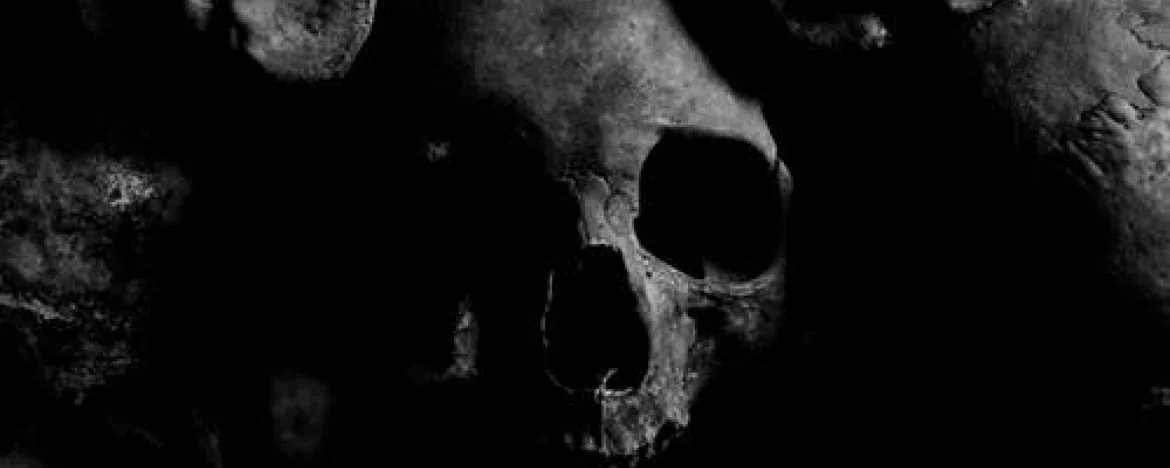
3) Devil's Highway, A666, Bolton, Lancashire.
Officially named St Peter's Way, the A666 was quickly given the moniker 'Devil's Highway' after its construction in 1971 for fairly obvious reasons. However, despite the affinity to Beelzebub, the road lives up to its name in far more respects than simply bearing the number of the beast.
Traversing the bleak and beautiful West Pennine moors, the road takes in some of the most rugged countryside around, as well as several bridges. Most notorious of all is the section that stretches the 5.5 miles from Egerton to Darwen, which holds the dubious accolade of being a renowned accident blackspot.
By renowned, we mean there are some triple the volume of accidents in that particular spot than anywhere else on the road.
Coupled with this, the North West Motorway Police cite the area as a suicide hotspot owing to the number of bridges, with the Bradford Street Bridge being the most common for anyone attempting to take their own life.
If the tragic history of lost lives weren't enough to tarnish the A666, reports from motorists across the years of dark shadowy figures emerging from the roadside and causing drivers to crash is surely the final nail in the metaphorical coffin?
So, road safety nightmare or haunted highway? Whatever you believe about St Peter's Way, it definitely is one of the most aptly named roads we know!
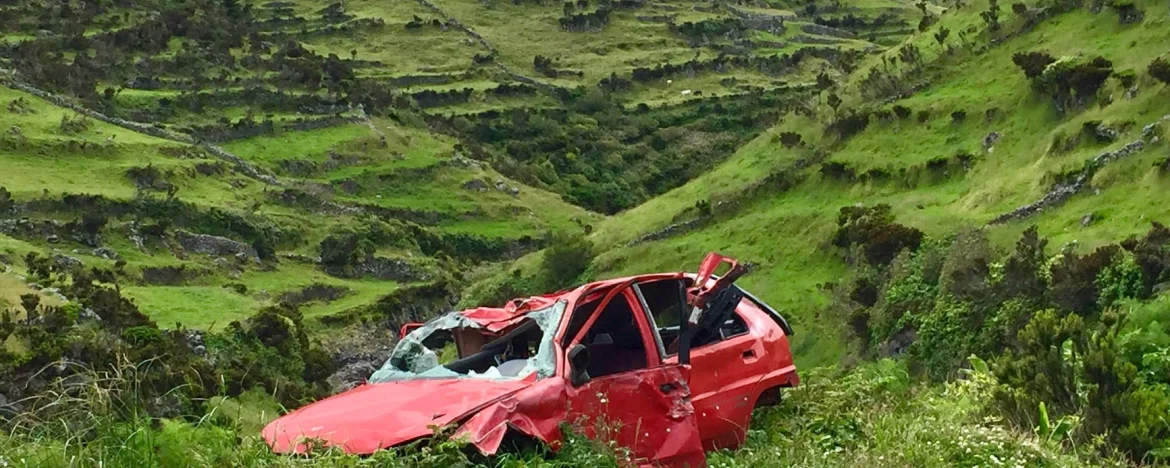
4) The A3, Burpham, near Guildford, Surrey
11th December 2002 started like any other evening for the officers of Surrey police, with one notable exception; they were looking forward to the upcoming Christmas party and were hoping for a quiet night. So, when a seemingly routine traffic call came in, they weren't phased.
Several motorists on the nearby A3 - a busy stretch of carriageway by all accounts - had called in with reports of a dark red car leaving the road approximately 100m before the exit slip road. Calls like this were not uncommon for the fast-moving road and officers were deployed to investigate.
Despite numerous calls to corroborate the reports, when they arrived at the scene, the attending officers could see no evidence of a crash whatsoever. There were no tyre marks, no debris and no disturbance to the surrounding vegetation. Confused but no doubt relieved, the officers decided that in the absence of any obvious destruction or risk to life, they would be better placed returning in the morning.
On doing so, the murky winter daylight revealed nothing more. Or so they thought. By chance, one of the officers happened to notice something unusual protruding from the thick undergrowth a mere 20m from the spot where witnesses claimed to have seen the dark red car leave the road.
Closer investigation revealed that there was, indeed a maroon Vauxhall Astra, nose down in the brambles which had seemingly enveloped it as if it had been there for months. To add to the obscurity of the situation, officers noted that whilst the car headlight switch was most definitely on, the vehicle had been in situ for so long that the beams had long since drained the battery.
Worse still, the driver was found close by. Experts assumed that he had attempted to crawl up the bank following the crash but had tragically passed away before he reached the road.
I know what you're thinking - terrible, but not supernatural, right?
What if I were to tell you that the body of the driver, who countless witnesses had seen drive his car off the carriageway and into the undergrowth some 12 hours before, was little more than a skeleton.
That's right. In fact, so badly decomposed was the body that coroners estimate it had been there for a minimum of 5 months.
Try as they might, nobody has ever come up with an explanation for the spooky events of that December evening and the tale has made its way into the county's supernatural legend.
What do you think happened?
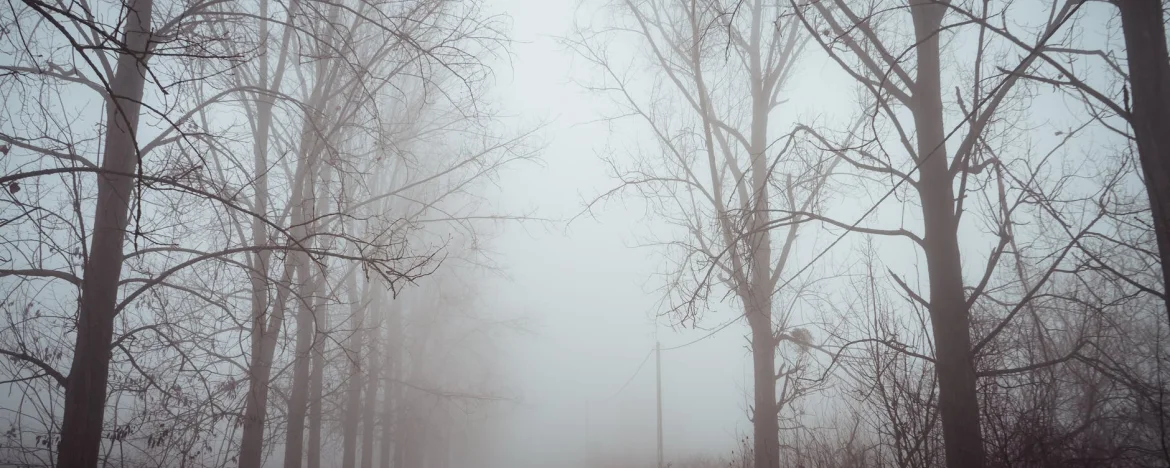
5) Electric Brae, Ayrshire
Situated some 21 miles from Ayr, Electric Brae has been the subject of much speculation for decades. Officially named Croy Brae (brae being the Celtic word for a slope or hillside) the piece of road in question stretches a modest quarter of a mile from the bend overlooking the Croy railway viaduct in the west to Craigencroy Glen in the east.
As you can imagine from such a picturesque setting, the road garners an awful lot of interest from tourists but they aren't as focused on the scenery so much as the mind-blowing phenomena that gained the Brae the title 'Electric'.
For years, travellers in the area have been mystified by the fact that the road seemingly defies all laws of physics and a stationary vehicle will roll up the hill if left to freewheel!
For many years, locals believed this to be the work of spirits, using electromagnetic forces to propel vehicles up the hill - hence the name. The area became widely known as a paranormal hotspot and people journeyed for miles to experience the sensation of rolling uphill - so much so that there was even a layby put in for wide-eyed motorists to watch as cars trundled happily up the brae, against all known scientific concepts.
So are spirits at play? In short, no. Electric Brae is actually one of many areas across the globe that is known as a gravity hill. Whilst the road is indeed a 1:86 slope, despite all appearances, it is actually sloping downhill. As with all gravity hills, the placing of the surrounding landscape simply tricks the eye into believing that the road is heading uphill.
Sadly for fans of the paranormal, science has succeeded in providing a logical explanation for this particular haunted track but the trip is still totally worth it, if only to enjoy the abject confusion of your passengers when they experience the sensation of rolling up a hill!
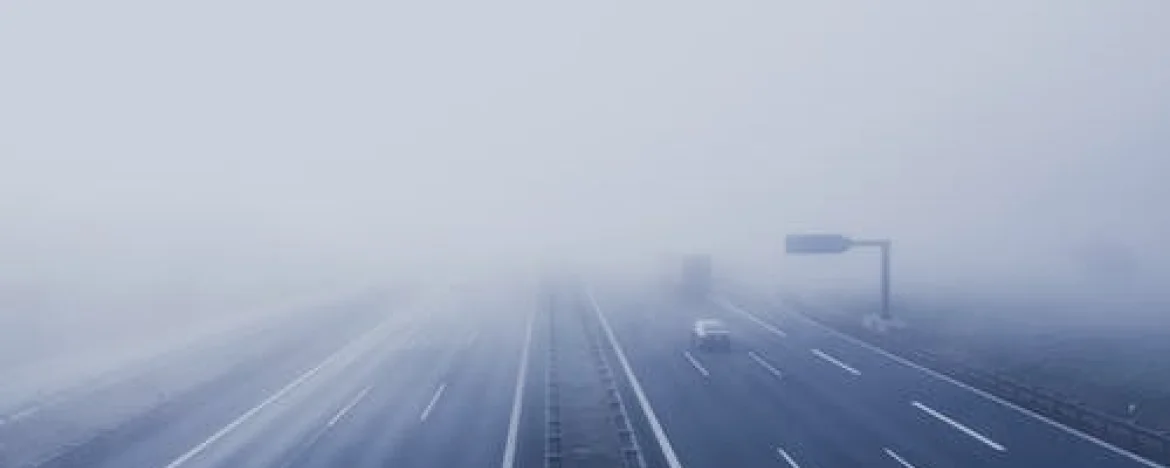
6) The M6 motorway, Rugby to Gretna
Anyone who thinks the only frightening thing about the M6 is the toll charge, think again!
Known as the backbone of Britain, the road dominates much of the north of England and has been named the most haunted road in the country. Whilst that may come as a surprise, if for you, like me, the notion of haunted highways conjures up images of dark, misty country lanes. However, recordings of unusual sightings are far higher on the motorway than anywhere else.
From its beginnings at Junction 19 of the M1 and The Catthorpe Interchange in Rugby, West Midlands, the motorway takes in Coventry, Birmingham, Wolverhampton, Stoke-on-Trent, Liverpool, Manchester, Preston, Lancaster and Carlisle before terminating just outside of Gretna - making it not just the busiest but the longest road in the UK.
Loosely following the foundations of an ancient Roman road that allowed soldiers passage between England and Scotland, the road is steeped in history and covers a huge proportion of the British Isles - so naturally, area-specific folklore has a bearing on reported paranormal activity. In some areas, motorists have been known to see ghostly groups of Roman troops, marching through the tarmac of the carriageways as if wading through water. In other areas, passengers have been shocked to see pairs of bright, burning eyes glowering menacingly at them from the verges.
Perhaps most famous of all though is the section of the M6 from J16 to J19 - known as Cheshire's Bermuda Triangle. The stretch of road is fairly straight and by all accounts should be pretty safe. Yet, as seems often to be the case with purportedly possessed roads, it has an unusually high proportion of accidents and has claimed many lives.
Countless motorists have claimed to have been distracted by inexplicable activity whilst driving between junctions. One vigilant young driver, Declan Stewart, recounts: "I was driving past the turn-off to Middlewich and everything got a bit dark and a strange mist drifted across the road". Stewart goes on to say that his vision was badly obscured but he was acutely aware of a strange smell - a mixture of wool, oats and offal and the faint sound of clanking metal.
Declan is certainly not alone in his experience and experts have theorised about the potential cause of these seemingly inexplicable events. One idea is that the section of road was built on a Roman burial ground. Another is that it was the site of several violent, bloody clashes between the English and the Scots many years ago.
We may never truly know the truth about the spooky sightings on Britain's busiest road but one thing is certain - if you're hunting spectres, the M6 is the place to be - just don't forget your toll money!
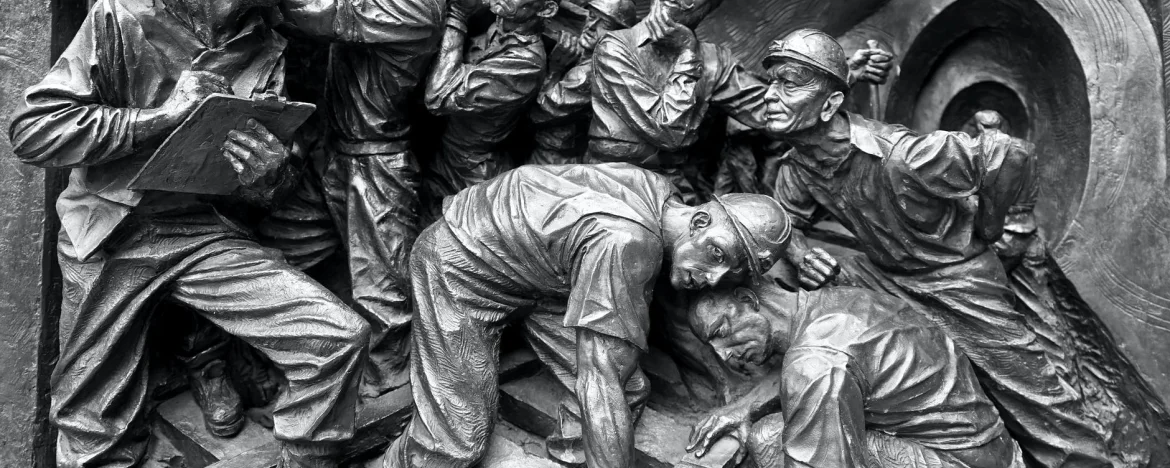
7) Platt Lane, West Houghton, Lancashire
Ever had the uncomfortable feeling that you're being watched?
That's what you can expect if you take a trip along Platt Lane. The 636m B road is situated in the small town of West Houghton, some 4 miles southwest of Bolton, Greater Manchester, and, if reports are to be believed, is home to several pairs of ghostly eyes, who watch unsuspecting drivers from the bushes at the roadside.
Once a centre for coal mining, cotton spinning and textile manufacture, West Houghton has seen its fair share of historical unrest. From the Banastre Rebellion in 1315, in which a group of insubordinates plotted - and failed - to overthrow a tyrannical nobleman, to the Battle of Warcock Hill on West Houghton Common, and the Luddite uprising of 1812 which saw the illegal hanging of a 12-year-old boy - the area is no stranger to bloodshed.
However, it is the events of 21st December 1910 that have forever woven themselves into the fabric of the area's supernatural folklore, giving rise to abundant tales of hauntings in the area.
For those unfamiliar with the geographical area, Platt Lane runs close to the former site of Hulton Colliery bank pit number 3 - the hub of the town's mining activities. Known as the Pretoria Pit, some 2,400 men and boys were employed at the site which, unbeknownst to them on that fateful December morning, was about to go down in history as the site of Britain's third-worst mining disaster of all time.
On that cold morning, 349 men and boys aged between 13 and 61 descended the pit, as usual, to begin a hard day's graft in the Plodder Mine. Tragically at 7.50 am a huge explosion, thought to be caused by an accumulation of gas from a roof collapse the previous day, tore through the mine wreaking havoc. Those close to the source of the blast died instantly but many more are believed to have perished from carbon monoxide poisoning whilst trying to escape.
In total 344 miners lost their lives on that terrible day and the impact on the close-knit community was devastating. Families were destroyed with one local woman losing her husband, four sons and two brothers in one fell swoop. The death toll was so high that families were forced to bury their dead on Christmas day.
The effects of the unspeakable tragedy echoed in the town for decades to come and it is said that the souls of the poor miners still inhabit the area, watching, in limbo as modern motorists use the road that should have taken them home safely to their families on that day.
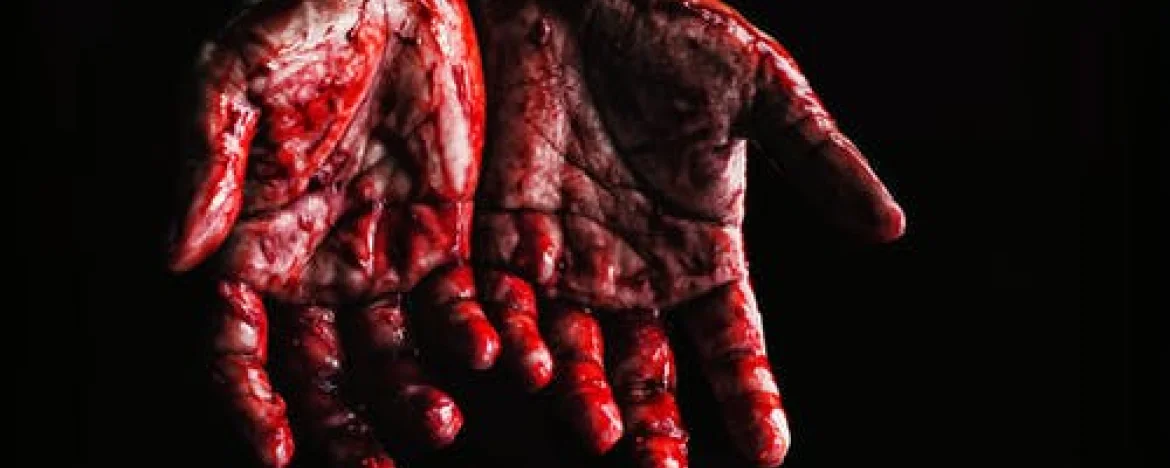
8) B3212, Dartmoor, Devon
In turn bleak, breathtaking and treacherous, the wild countryside and unpredictable weather of Dartmoor lends itself beautifully to supernatural stories. Famously used by Sir Arthur Conan Doyle as the backdrop for his novel The Hound of the Baskervilles, the landscape alone is enough to rattle even the hardiest of travellers - especially in inclement weather.
The B3212 cuts through the rugged terrain, allowing drivers safe passage from just west of Exeter all the way to Yelverton. Imposing stone tors rise up on either side of the road and the area is peppered with the ruins of settlements, cairns (or burial chambers) and mysterious stone circles, all dating back as far as the Bronze Age. The route takes in the historical Warren House Inn, where the open fire has been continuously burning since 1845, and the daunting but captivating Dartmoor Prison.
Our story takes us to the stretch of road between the hamlet of Postbridge, and the home to the aforementioned prison, Princetown. From around 1910, reports of accidents in the area increasingly emerged, with those involved citing inexplicable loss of control of their vehicle. Fortunately, no one was seriously injured until one fateful day in June 1921.
E.H Helby, a respected medical officer at the prison was riding his motorcycle towards Postbridge, carrying two child passengers in his sidecar, when the unthinkable happened. Commensurate with reports, Helby lost control of the carriage and lost his life in the ensuing crash. His passengers however, survived and were able to recount the moments before the impact. The girls recalled Helby shouting frantically to them to jump from the sidecar as he seemingly wrestled an unseen force to maintain control of the handlebars.
Some years later, another motorcyclist reported a similar incident but this time his pillion passenger stated that they clearly saw a pair of disembodied hands vying for control over the rider's own hands. Similarly, in 1962 Florence Warwick, a holidaymaker, finding herself momentarily lost, pulled over to consult her map. As she attempted to orientate herself, she became aware of a presence on her windscreen that she could only describe as a pair of hands, pressing up against it. A further unnamed motorist spoke of hairy paws appearing from nowhere and covering his hands while he drove along the B3212.
In fact, there have been hundreds of reports of people travelling in everything from cars and motorcycles to pony traps and road bikes all encountering the owner-less hands in some form or other.
Even campers aren't entirely safe, as one couple discovered in 1924, not far from the scene of E.H Helby's tragic accident a few years before. The pair were jolted awake in the middle of the night by a strange noise at their caravan window. They tentatively drew back the curtains to see, to their horror, a hand clawing at it, as if trying to make its way in.
Locals are famously skeptical about the legend of the 'Hairy Hands' as it has come to be known, with many of them believing that the accidents are simply the result of 'grockles' driving recklessly on the twisty, narrow moor roads. However, those who do believe suggest that the hands either belong to an escaped convict, who perished following his jail break or a disgruntled Bronze Age settler, whose grave lies beneath the road.
Whether you believe or not, as locals ourselves, we'd strongly advise you not to travel alone on the moors at night or, unless it's absolutely necessary - beware of the pull of the Hairy Hands.

9) The Old Tay Bridge, Dundee - just downstream from the A92
December 28th 1879 - a cold, blustery night that beckoned the end of the line for 75 unsuspecting passengers onboard the train from St Forth Station. The travellers, weary and eager to reach their destination of Dundee boarded the vessel in their routine fashion and prepared to be spirited across the three-mile wide Firth of Tay in the relatively new locomotive.
Bound to make its habitual crossing on the much-lauded and newly constructed Tay Railway Bridge, the doomed engine chugged steadily towards the bridge as a violent winter storm raged around it. The bridge, completed less than a year previously, was a wonder of modern construction. Its thirteen high girders lifting the railway tracks high above the vast stretch of water that frothed below in the storm. But unthinkable tragedy awaited.
As Scottish poet William McGonagall recounts:
The train mov'd steadily along the Bridge of Tay,
Until it was about midway.
Then the central girders with a crash gave way
And down went the train and passengers into the Tay
Whilst it is uncertain whether it was the back train carriage that struck a girder, derailing it and shaking the structure, or an unforeseen failure in the engineering that meant the girders could not withstand the storm, one thing was certain: the train and all 75 people on board plummeted to a watery grave on that terrible evening.
To this day, on the anniversary of the tragedy, drivers travelling along the A92 between Newton-on-Tay and Dundee report strange sightings of a phantom locomotive downstream of the Tay Road Bridge and many local residents claim that on that same day, every year the air is filled with the agonising screams of the ill-fated commuters as they are doomed to relive the plummet eternally.
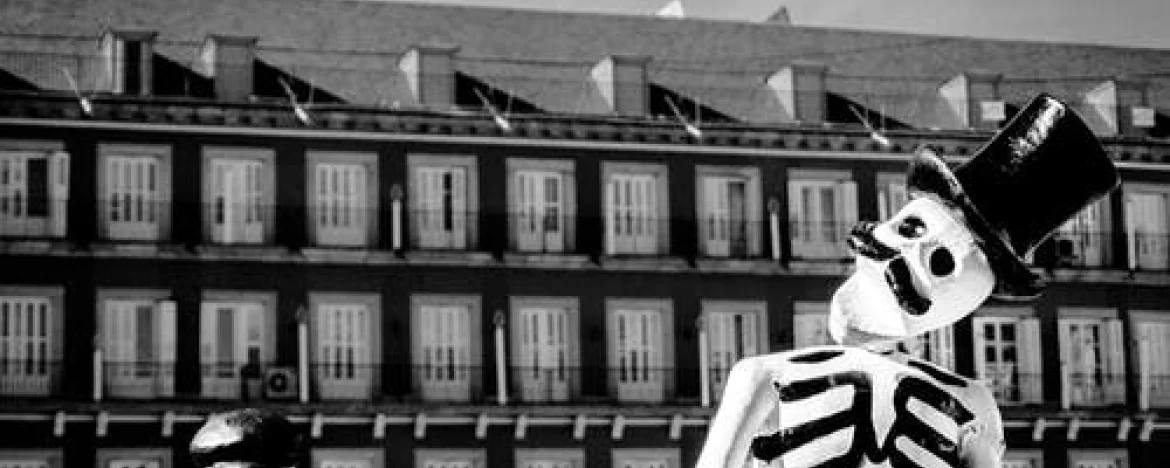
10) B519, By the Spaniard's Inn, Hampstead
Despite being in a bustling central London location, the intersection of Spaniards Lane and Hampstead Lane - just where the historic Spaniard's Inn stands is renowned for being one of the most haunted areas in the capital.
The epicentre of paranormal unrest appears to be the inn itself, which is hardly surprising given that it has been quenching the thirst of London's most discerning punters for over 500 years! Originally constructed as a tollhouse on the boundary of the Bishop of London's land, the listed building soon became a place of disrepute, reputedly.
Legend has it that one of the early landlords of the Spaniard's was none other than the father of Dick Turpin. It's believed that the infamous robber would flee to the safety of the inn following a long day of forcing the travelling elite to 'stand and deliver' their valuables. Although Turpin was actually tried and hanged for his crimes in York, it is thought that, on a dark winter's night, the ghostly thundering of his horse Black Bess' hooves can be heard advancing along Spaniard's Lane to the sanctuary of the pub.
Many visitors to the pub have reported seeing a mysterious woman dressed in white, wandering from room to room. No one has been able to pinpoint who the waif is but many believe she is one of Turpin's unsuspecting victims, come to take her revenge.
There are varying schools of thought as to how the name Spaniard's Lane and Spaniard's Inn came to be. Some say that it is in honour of the Spanish Ambassador who spent many an hour trying to win over the court of King James, only to retreat to his favourite ale house after a long day of political debate.
Perhaps more likely - and certainly more in keeping with the terrifying tales that surround the inn - is the story of the Porero brothers. Two passionate Spanish publicans, who fell deeply in love with the same woman. Engulfed with emotion and unable to resolve their quarrel, the brothers decided to settle the matter once and for all. Their method? A good old-fashioned, pistols at dawn (or possibly swords) duel. Sadly for poor Juan, he was just a little too slow off the mark and Francesco triumphed. Juan's body is said to be buried in the garden of the Spaniard's and his tormented soul remains in the area to this day.
In the 1780 anti-Catholic riots, one Giles Thomas - landlord of the Spaniard's Inn, earned himself a place in the history books when he single-handedly thwarted the attempts of rioters to destroy nearby Kenwood House - a Catholic-owned stately home. Quick thinking Thomas invited the rioters into the pub, proffering support and refreshment. Whilst the dissenters drank their way through barrels of free booze, Thomas sent a secret message to the Horse Guards, who duly trotted by to arrest the trouble makers.
As if that weren't enough tradition for one place, the inn boasts some fairly hefty credentials amongst the creative scene too. Eons before hipsters made their mark on London's pubs, the Spaniard's was the preferred supping spot of Robert Louis Stevenson, William Blake, Byron, and Mary Shelly, as well as artists Constable, Hogarth and Reynolds.
Enough name dropping? How about this - it is also mentioned in Charles Dickins' Pickwick Papers and the ultimate horror story, Bram Stoker's Dracula. Impressed? You may have even heard of a fairly well-known poet by the name of Keats, whose 'Ode to a Nightingale' was supposedly penned whilst he enjoyed an ale or two in the garden of the pub.
Haunted or not, there is absolutely no disputing that the area around Spaniard's Lane is bursting with oodles of history that's worth exploring. And honestly? If I were a ghost, sentenced to endlessly roam the mortal world, I can't think of a better place to anchor my fated soul than a pub. Can you?



